The Ultimate Guide to 6 Types of Paper Bag Materials
Discover the best 6 types of paper bag materials, their uses, and benefits. Learn what paper bags are made of and find 100% custom packaging solutions.
Contact Us now
Table of content
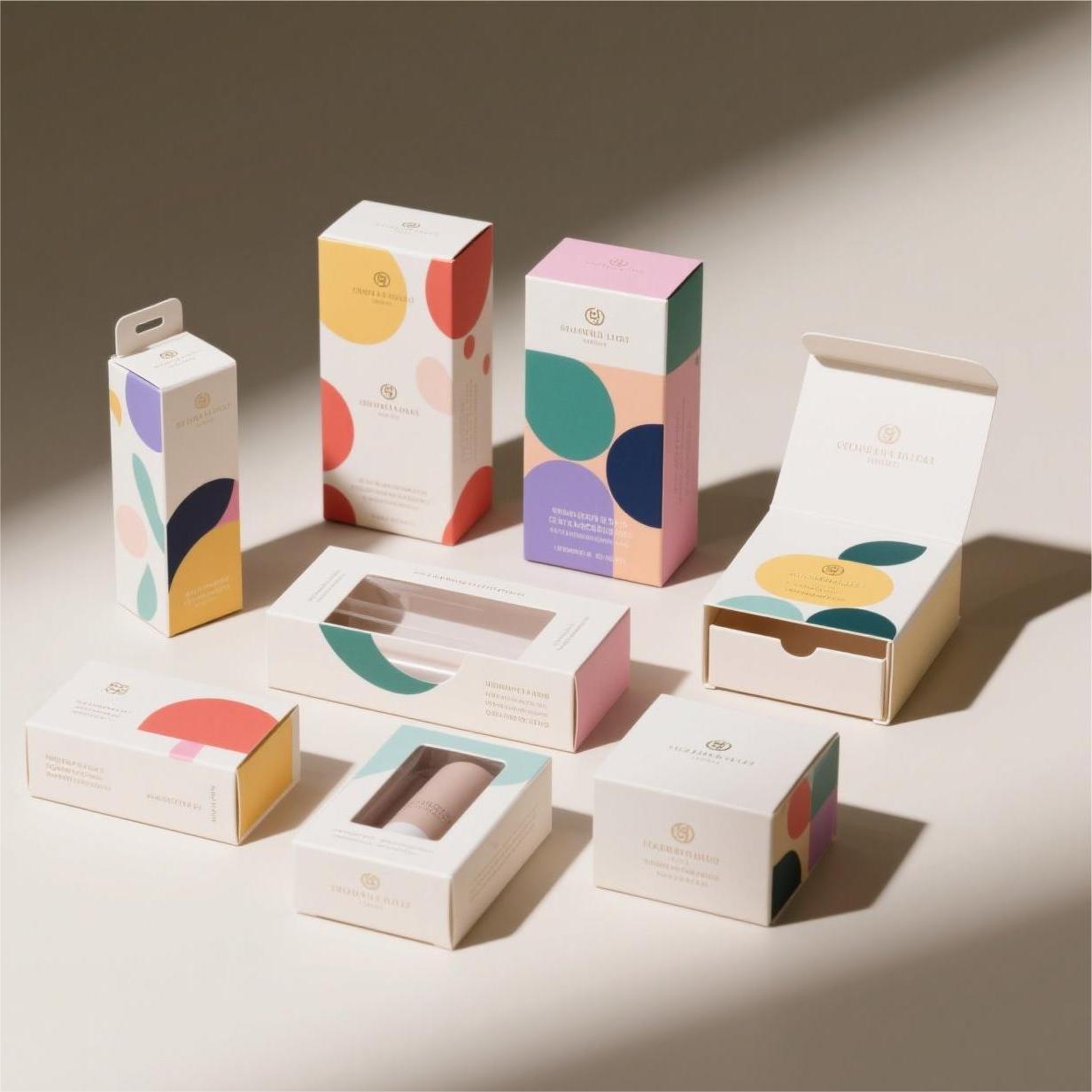
Ready to Elevate Your Brand with 100% Custom Box & Bag Solutions?
Get a Free QuoteWhy Paper Bag Materials Matter
Paper bags have become a global packaging essential, especially in markets like the U.S., Europe, and Australia, where sustainability regulations are pushing businesses away from single-use plastic. Whether for luxury retail, food packaging, or e-commerce, choosing the right paper bag material can impact your brand image, durability, and eco-footprint.
At GUKA Packaging, we specialize in custom rigid boxes, folding cartons, corrugated packaging, and premium paper bags for industries ranging from perfume and apparel to chocolate, wine, and electronics. In this guide, we’ll break down the most popular paper bag raw materials, their uses, and how businesses can leverage them for branding and functionality.
What Are Paper Bags Made Of?
Paper bags are typically made from wood pulp fibers processed into various paper grades. Depending on the manufacturing method and finishing, each type of paper bag offers unique strengths such as durability, printability, or eco-friendliness.
Common paper bag making materials include:
- Kraft Paper (brown or bleached white)
- White Cardboard
- Coated Paper
- Recycled Paper
- Specialty Papers (laminated, textured, luxury finishes)
- Corrugated Paper
6 Types of Custom Paper Bag Materials
1. Kraft Paper – The Classic Choice
Strong, tear-resistant, and widely used for grocery, retail, and shipping. Best for food packaging, apparel, coffee, tea, and takeout bags. 100% recyclable and biodegradable.
- GSM Range: 80–120g/m² for lightweight bags, 120–220g/m² for heavy-duty bags.
- Colors: Natural brown (eco look), bleached white, or custom-dyed.

2. White Cardboard – Premium & Rigid
Thick, smooth-surfaced paper made from bleached chemical pulp. Offers a premium look and feel, supports high-quality printing. Best for luxury shopping bags for cosmetics, jewelry, perfume, and gifts. It also can be recycled, especially if uncoated.
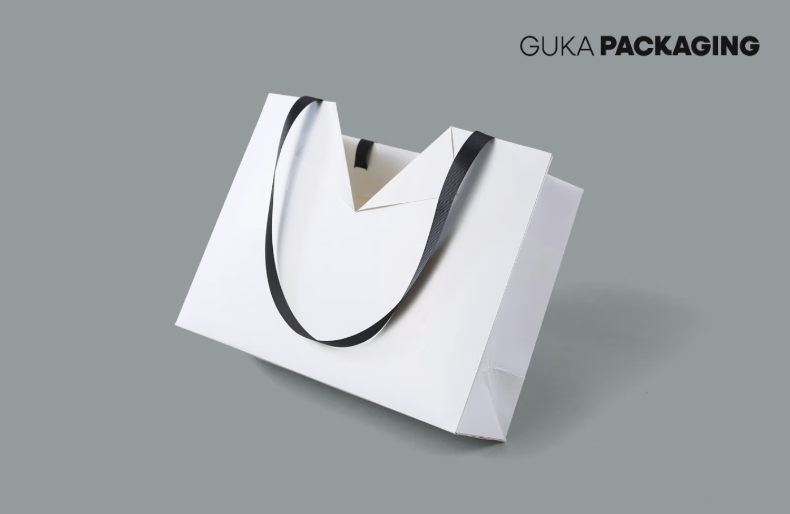
3. Coated Paper – High-Gloss Branding
Paper coated on one or both sides to enhance printability. Smooth surface for vibrant colors, glossy or matte finish options. Best for branded promotional bags, retail merchandise, and fashion packaging. But some coatings may limit recyclability.

4. Recycled Paper – Eco-Friendly & Affordable
Made from post-consumer or industrial waste fibers. It may have a rougher texture but supports eco-conscious branding. Best for eco-friendly packaging, food bags, mailing bags. Also, it reduces demand for virgin wood pulp.
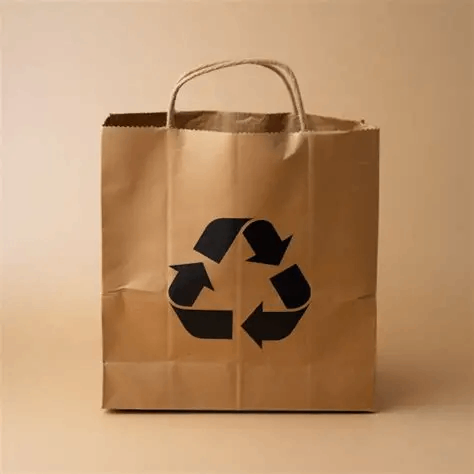
5. Specialty Paper & Laminates
Includes laminated kraft, grease-resistant paper, and luxury textured papers. Best for food, wine, cosmetics, events, and premium retail bags.
- Examples:
- Grease-proof paper for bakeries.
- Luxury laminated paper with foil stamping for high-end retail.
- Colored/tinted papers for party bags and gifting.
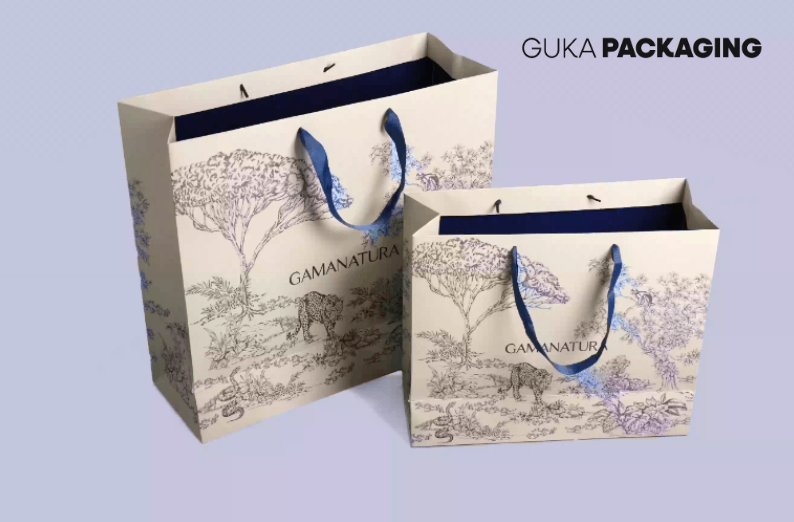
6. Corrugated Paper Bag
For added durability, corrugated paper bags feature a multi-layer wavy structure, allowing them to carry heavier loads and provide better protection for your products.
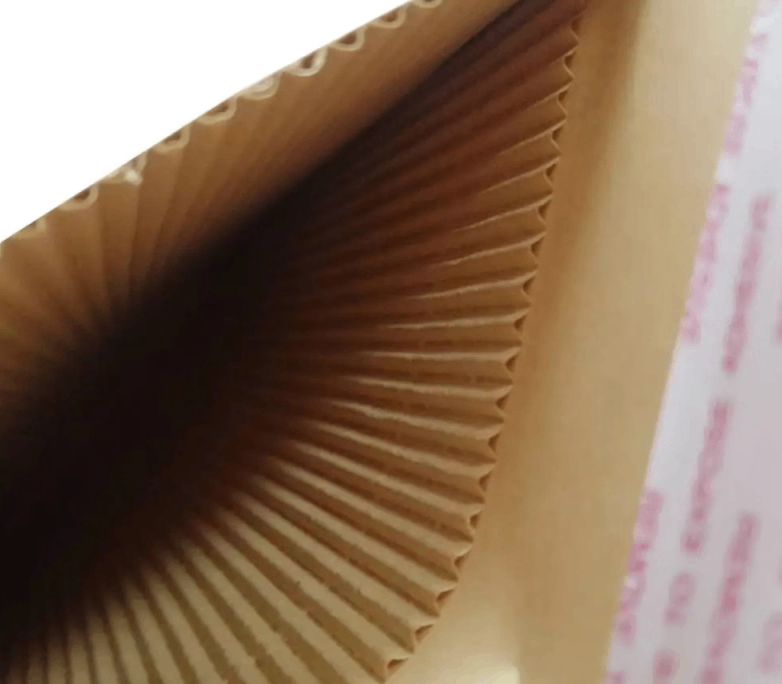
6 Types of Paper Bags Based on Materials
Different materials for making paper bags are used to create bag types for specific industries:
- SOS Bags (Stand-on-Shelf) → Food & beverage packaging.
- Pinch-Bottom Bags → Bakeries & confectionery.
- Merchandise Bags → Retail & e-commerce.
- Party/Gift Bags → Events & branded giveaways.
- Mailing Bags → E-commerce shipping.
- Recycled Bags → Eco-friendly fashion & grocery.
5 Uses of Paper Bags in Different Industries
Paper bags are versatile and used across industries:
- Retail & Fashion: Apparel, shoes, jewelry, and cosmetics.
- Food & Beverage: Coffee, bakery, wine, chocolates, and tea.
- Healthcare & Wellness: Skincare, supplements, and eco-pharma.
- E-commerce & Shipping: Mailing bags and protective secondary packaging.
- Luxury Gifting: Perfume, candles, and corporate gifts.
Paper Bag Manufacturing Process
- Raw Material Selection (Kraft, cardboard, recycled, coated).
- Cutting & Printing (Flexo, offset, or digital printing for logos and colors).
- Folding & Gluing (Automatic or manual).
- Handle Attachment (Twisted paper, cotton rope, jute, or ribbon).
- Finishing Touches (Lamination, embossing, foil stamping, UV coating).

Factors to Consider When Choosing and Customizing Paper Bag Materials
When selecting materials for making paper bags, businesses should consider:
- Product Requirements: Assess your product’s weight, size, and handling needs to ensure the paper bag provides the right protection and functionality.
- Durability and Strength: Choose a material that can support your product’s weight and, if needed, offer a reusable solution for your customers.
- Printing and Design: Consider how well the paper material takes ink and printing finishes to showcase your brand’s logo, colors, and overall visual identity.
- Size and Style: Pick a material that works well with your bag’s design and dimensions, as certain papers are better suited for specific styles.
- User Experience: Prioritize comfort and ease of use, ensuring the bag is convenient for carrying and appealing to your target audience.
- Budget Considerations: Compare costs between different paper materials to find an option that fits your budget while meeting your business and sustainability goals.
- Environmental Responsibility: Opt for eco-friendly materials from trusted sources, such as FSC-certified suppliers, to reinforce your brand’s commitment to sustainability.
By taking these factors into account, you can choose the ideal paper bag material that balances strength, style, customer experience, and environmental impact—enhancing both your brand image and your packaging solution. Check out 12 Creative Paper Bag Design Ideas to Elevate Your Brand.
Elevate Your Packaging with GUKA
Paper bags are more than just packaging — they’re a brand statement. From durable kraft bags for coffee shops to luxury laminated paper bags for cosmetics and fashion, choosing the right paper bag material can enhance customer experience while aligning with sustainability trends.
At GUKA Packaging, we design and manufacture custom rigid boxes, folding cartons, corrugated shipping boxes, and stylish paper bags tailored for industries such as perfume, apparel, chocolate, wine, tea, healthcare, and e-commerce.
Ready to upgrade your packaging? Contact GUKA Packaging today for a custom quote on wholesale paper bag materials and designs.
Frequently Asked Questions (FAQs) About Paper Bag Materials
Q: What are paper bags made of?
Paper bags are typically made from kraft paper, white cardboard, coated paper, recycled paper, or specialty laminated papers, depending on the intended use and durability requirements.
Q: Are all paper bag materials eco-friendly?
Most paper bag materials are recyclable, biodegradable, and made from natural fibers. Recycled paper bags and kraft paper are especially eco-friendly, but coatings or laminates may affect recyclability.
Q: Which paper bag material is best for heavy items?
Brown or white kraft paper with higher GSM (120–220g/m²) is ideal for carrying heavy goods like groceries, wine bottles, or apparel.
Q: Can I customize paper bags for my brand?
Yes! Paper bags can be printed with logos, brand colors, images, and finished with handles, embossing, foiling, or lamination to match your branding needs.
Q: What types of paper bags are commonly used?
Popular types include SOS/stand-on-shelf bags, pinch-bottom bags, merchandise bags, party/gift bags, and mailing bags — each suited for specific industries like retail, food, e-commerce, or events.
Q: How do paper bags compare to plastic bags?
Paper bags are biodegradable, recyclable, and more sustainable, while modern manufacturing allows them to be strong enough for heavy loads, making them a responsible alternative to plastic.
Q: Can I buy paper bag materials wholesale?
Yes, wholesale paper bag materials and rolls are available from suppliers like GUKA Packaging, allowing businesses to order in bulk for custom production or DIY designs.
Other materials for you:
Recommended for you







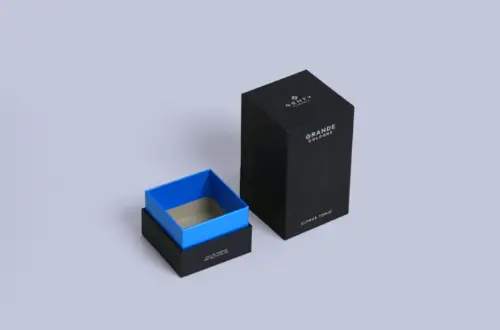


.avif)








.avif)
.avif)













